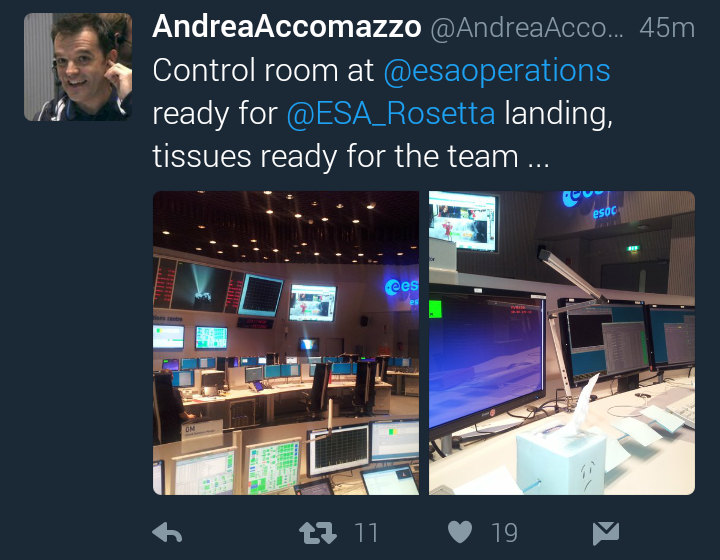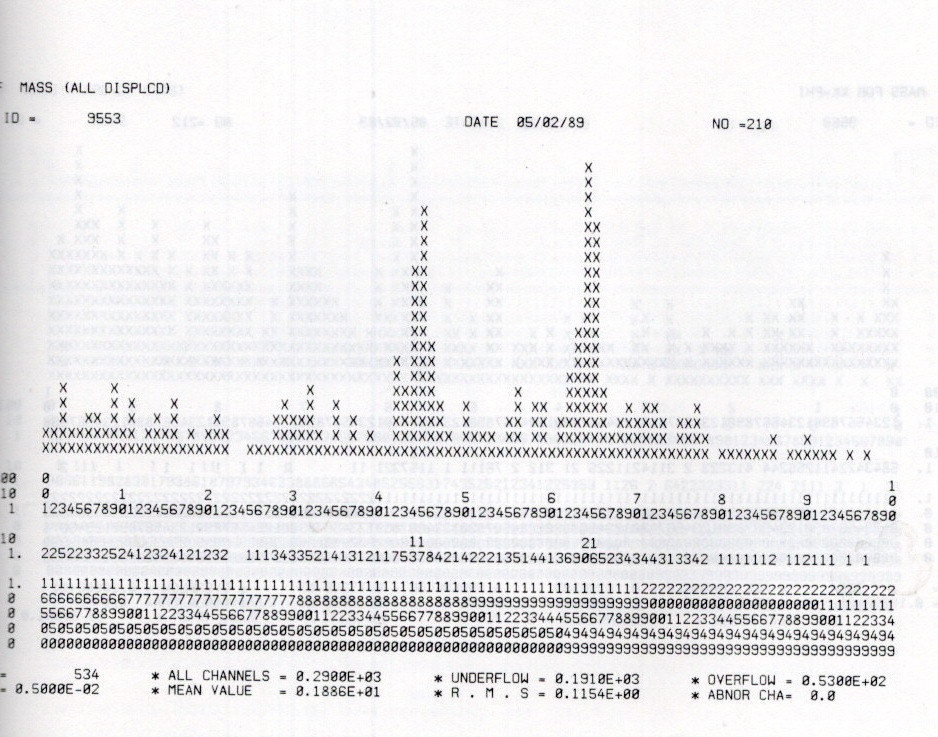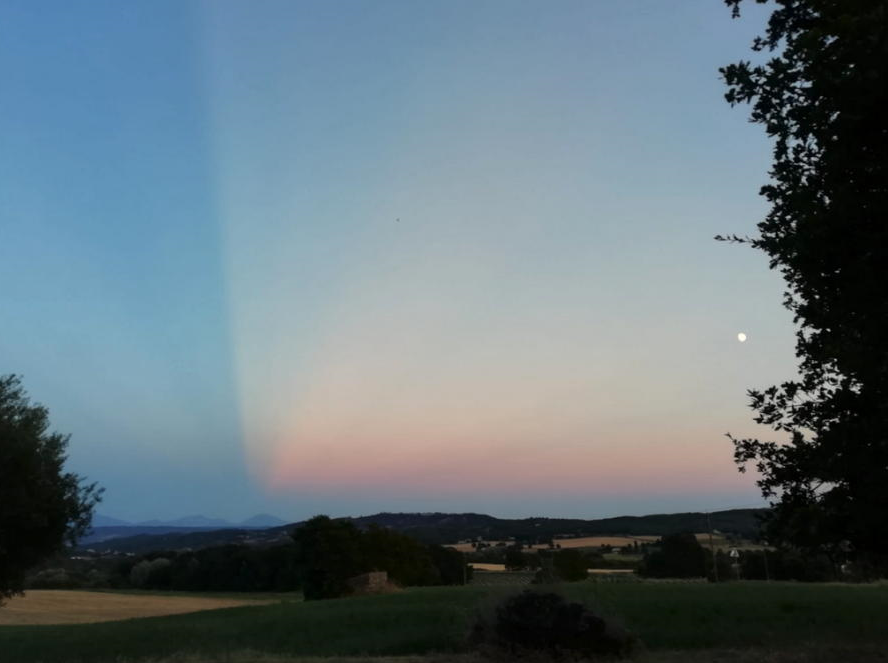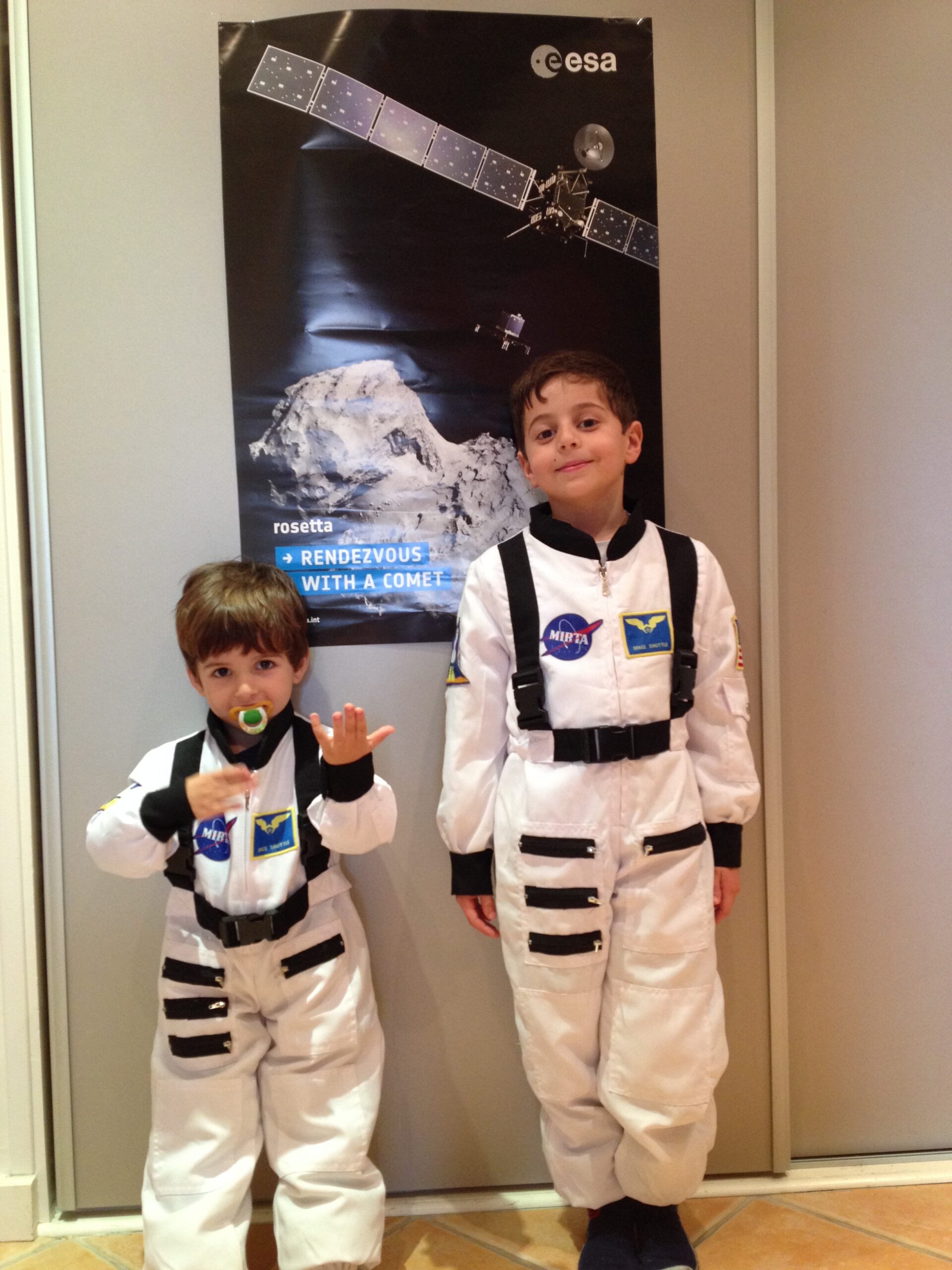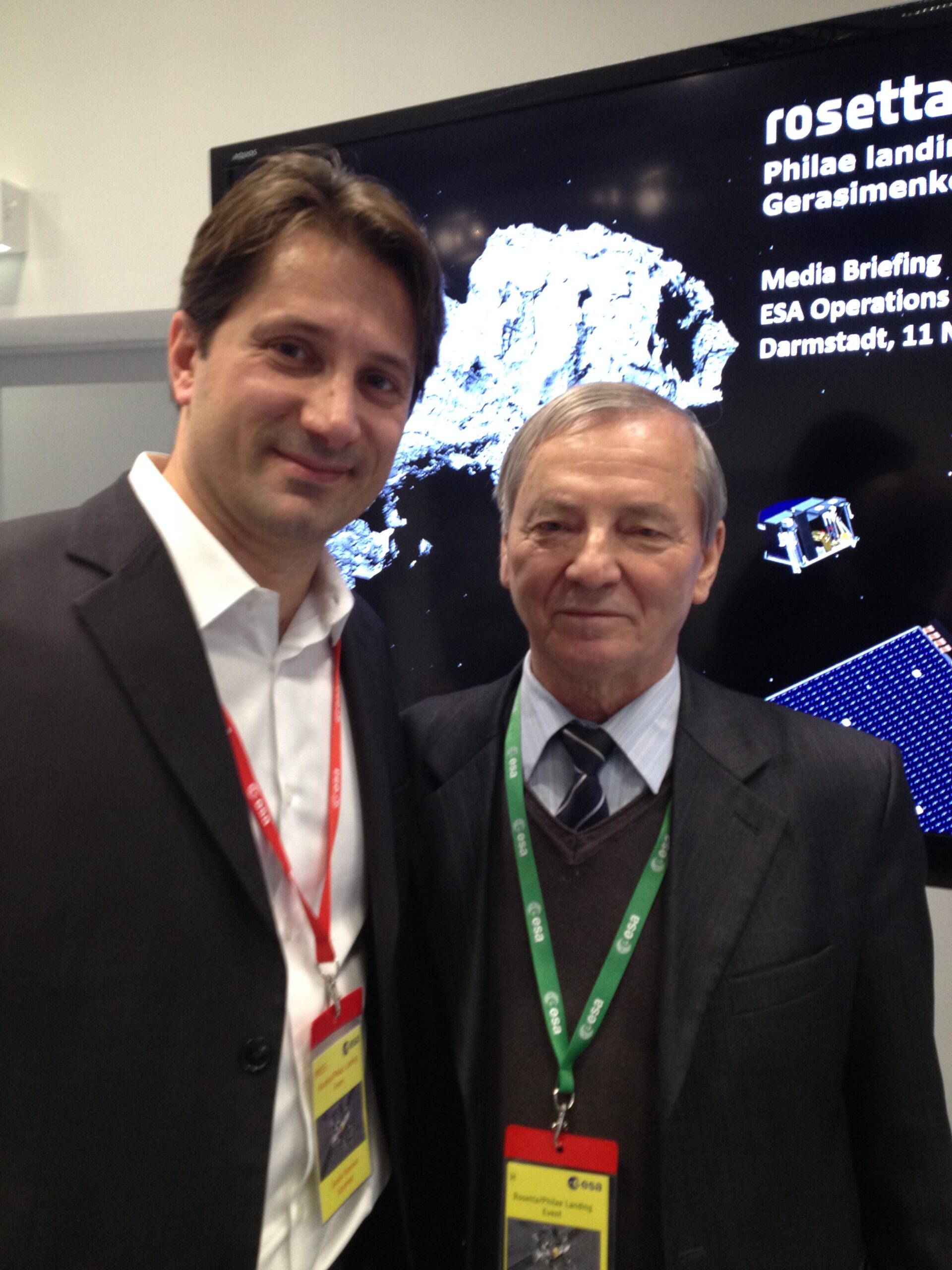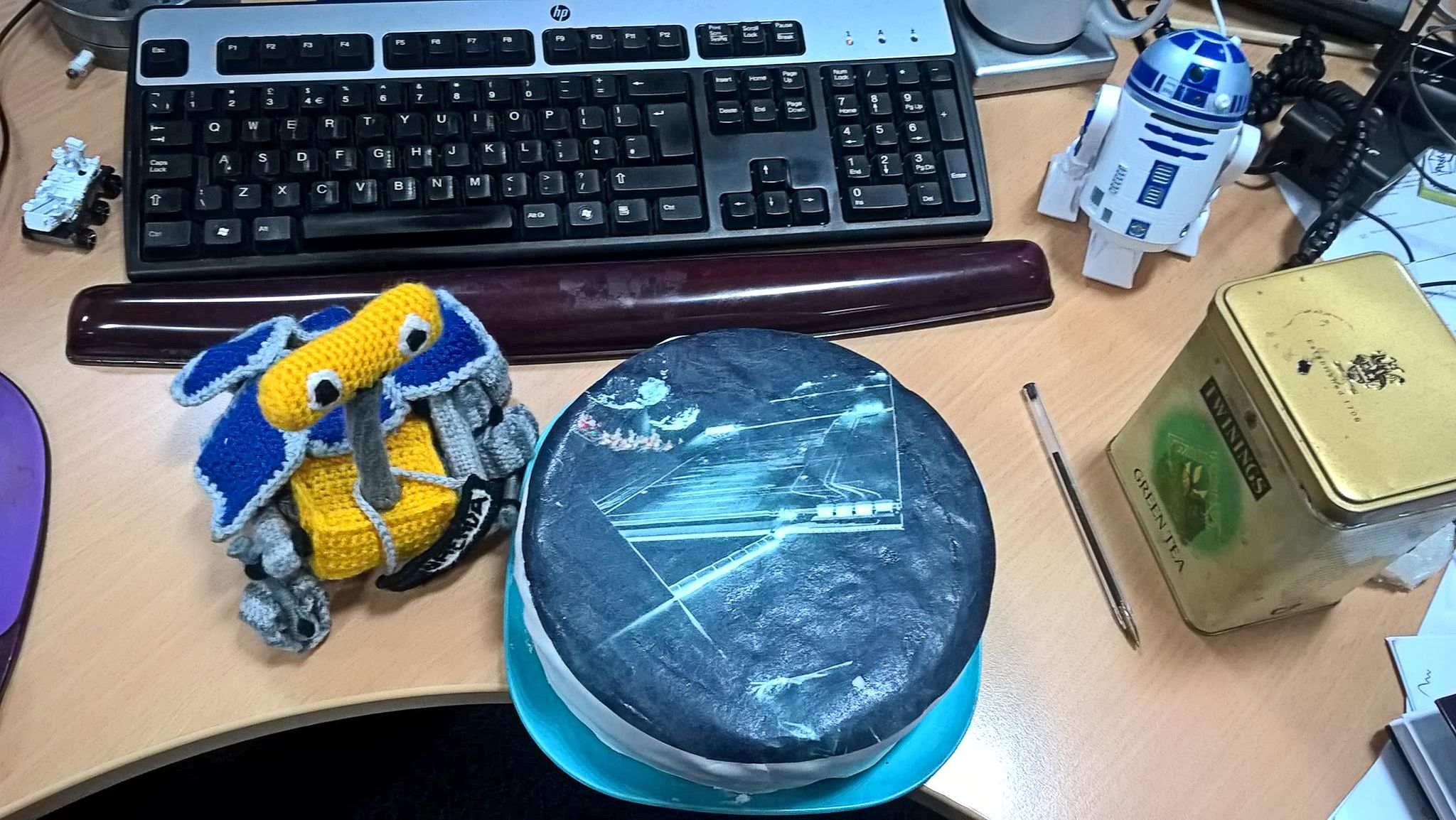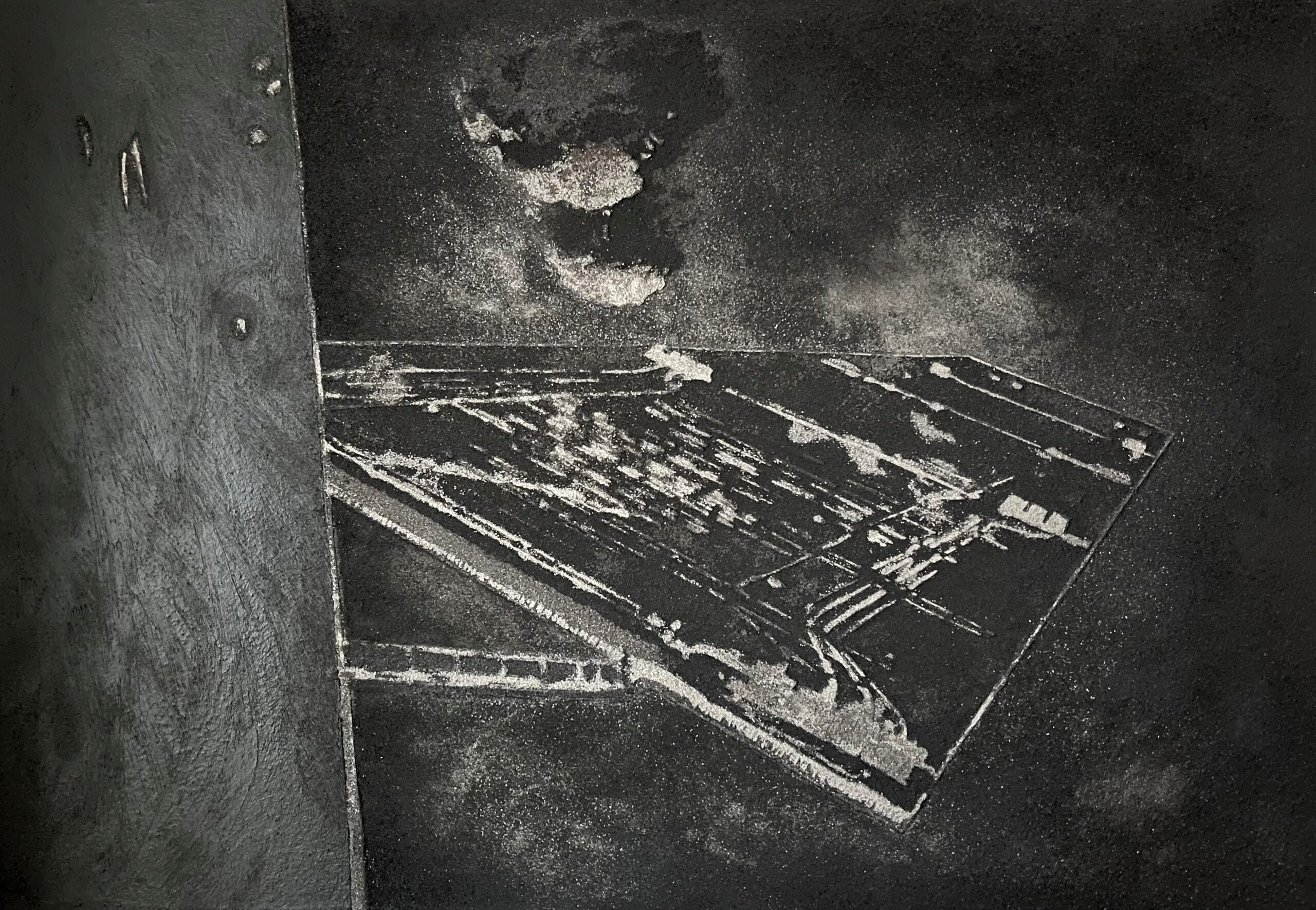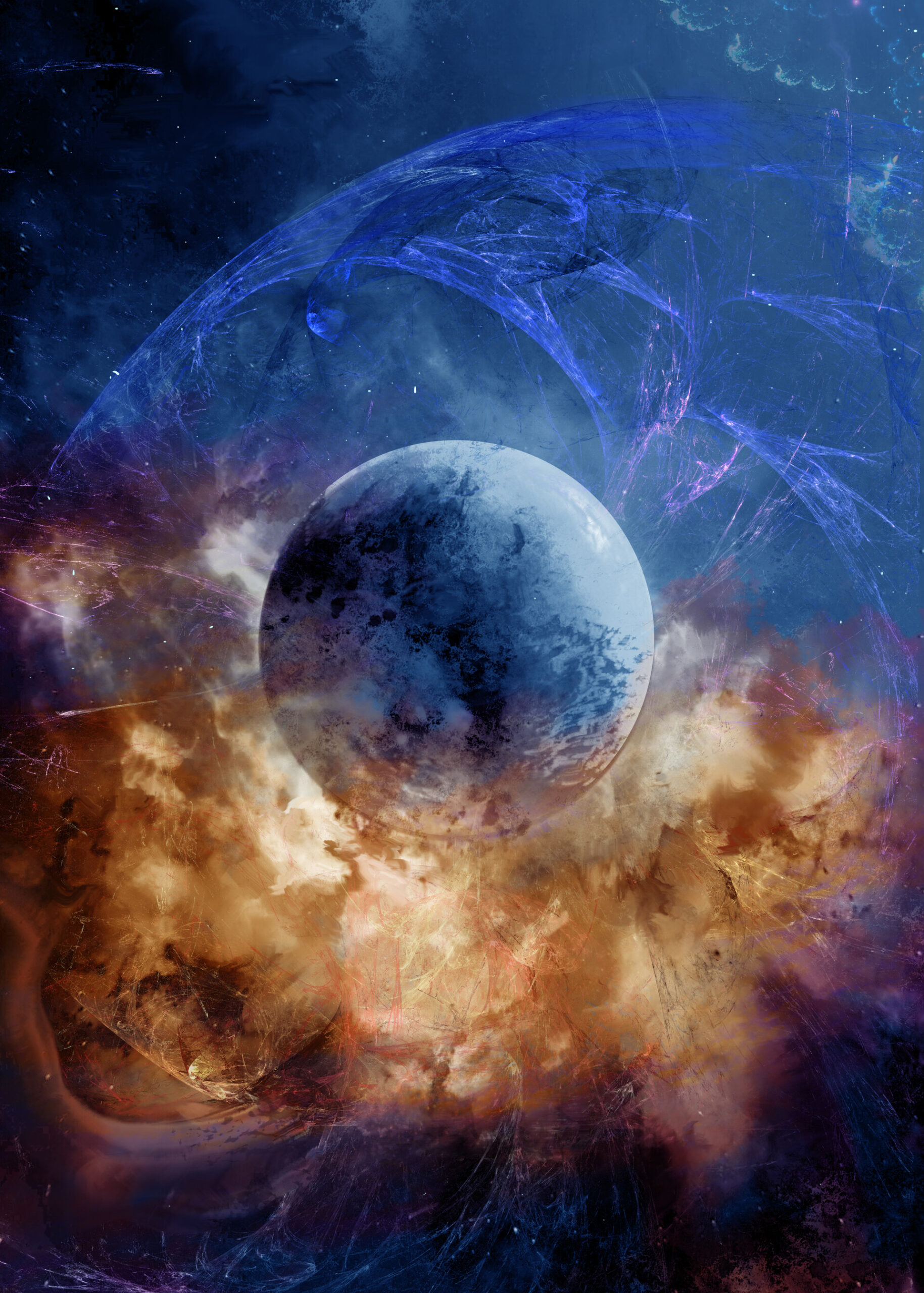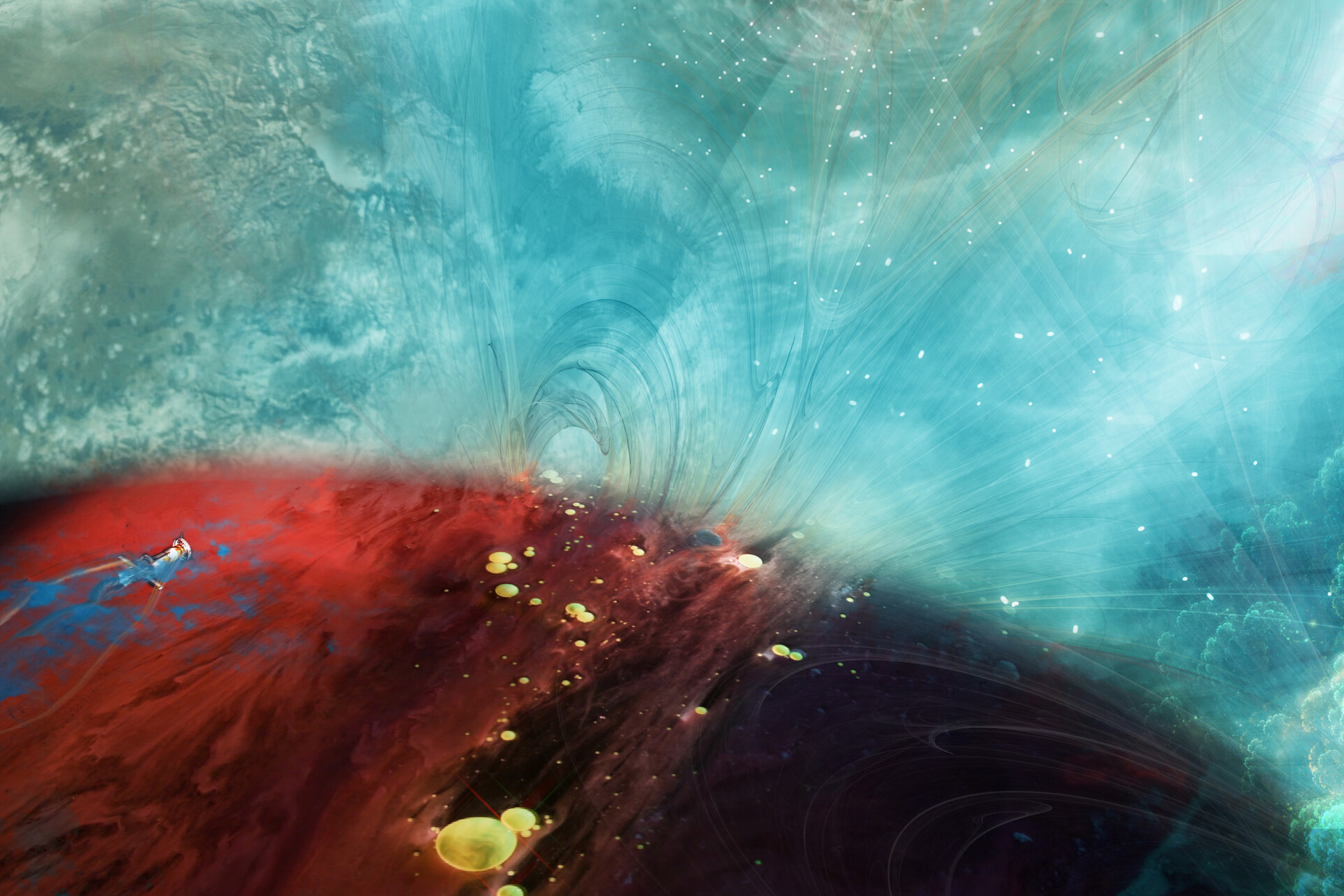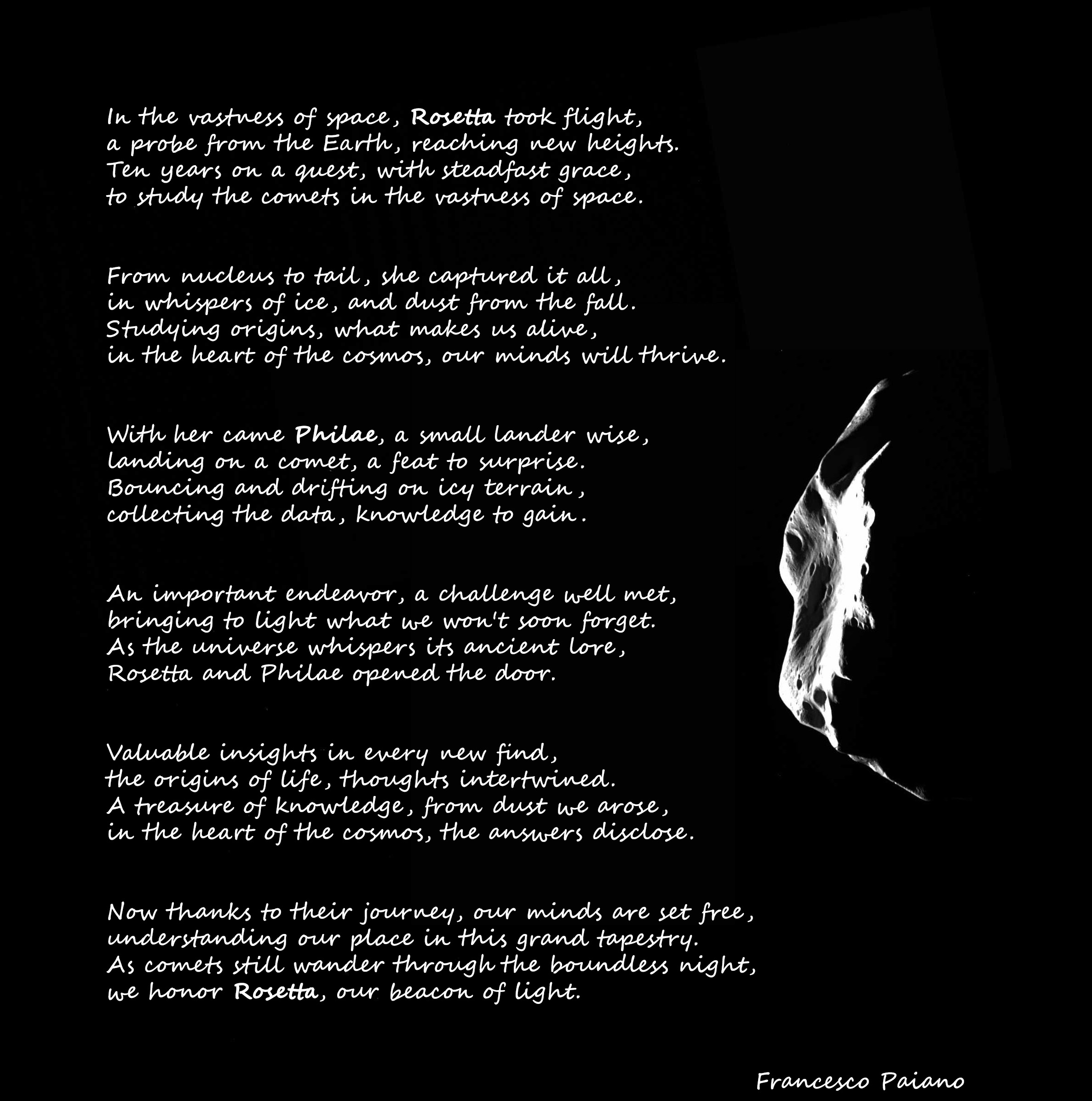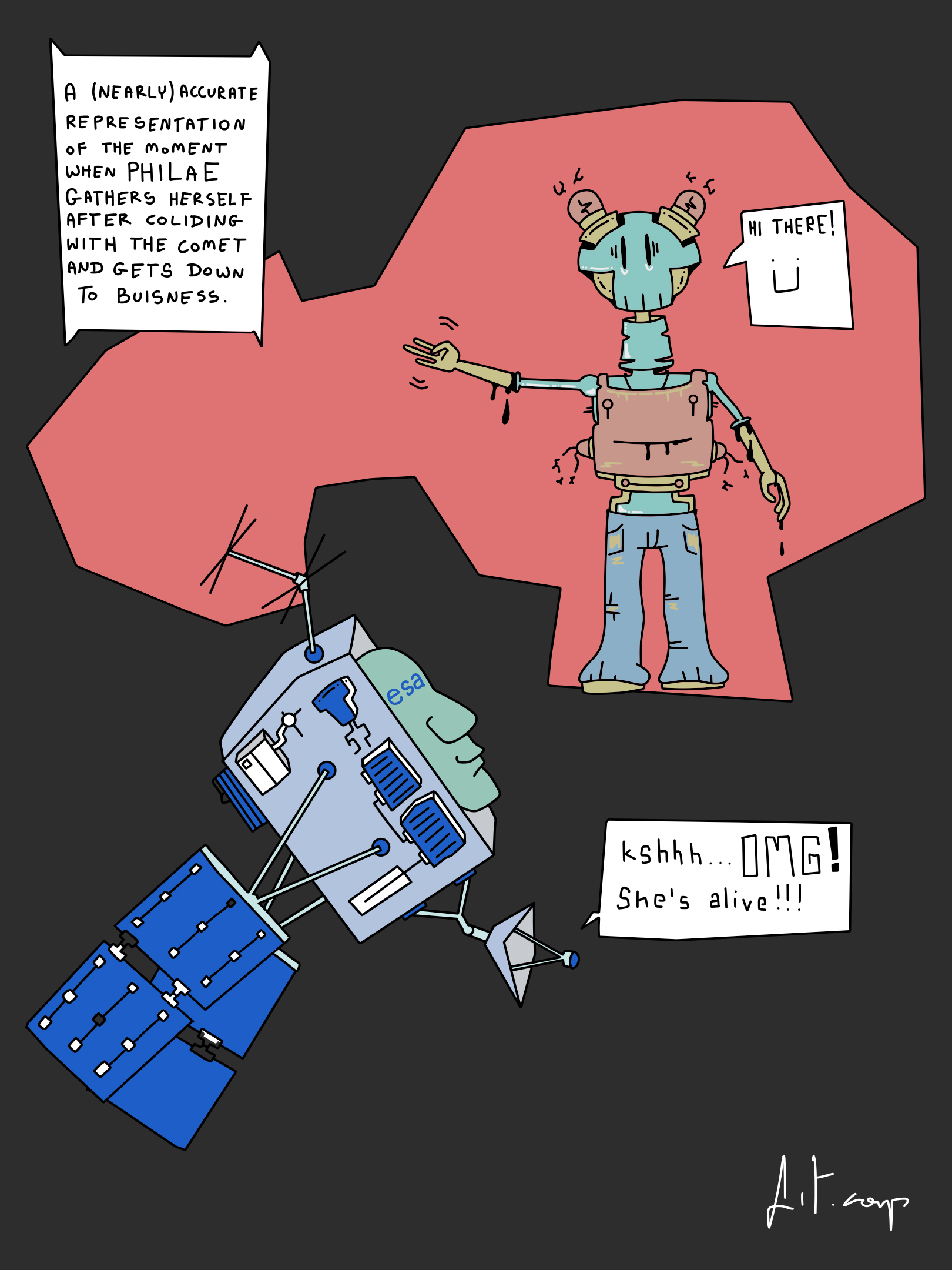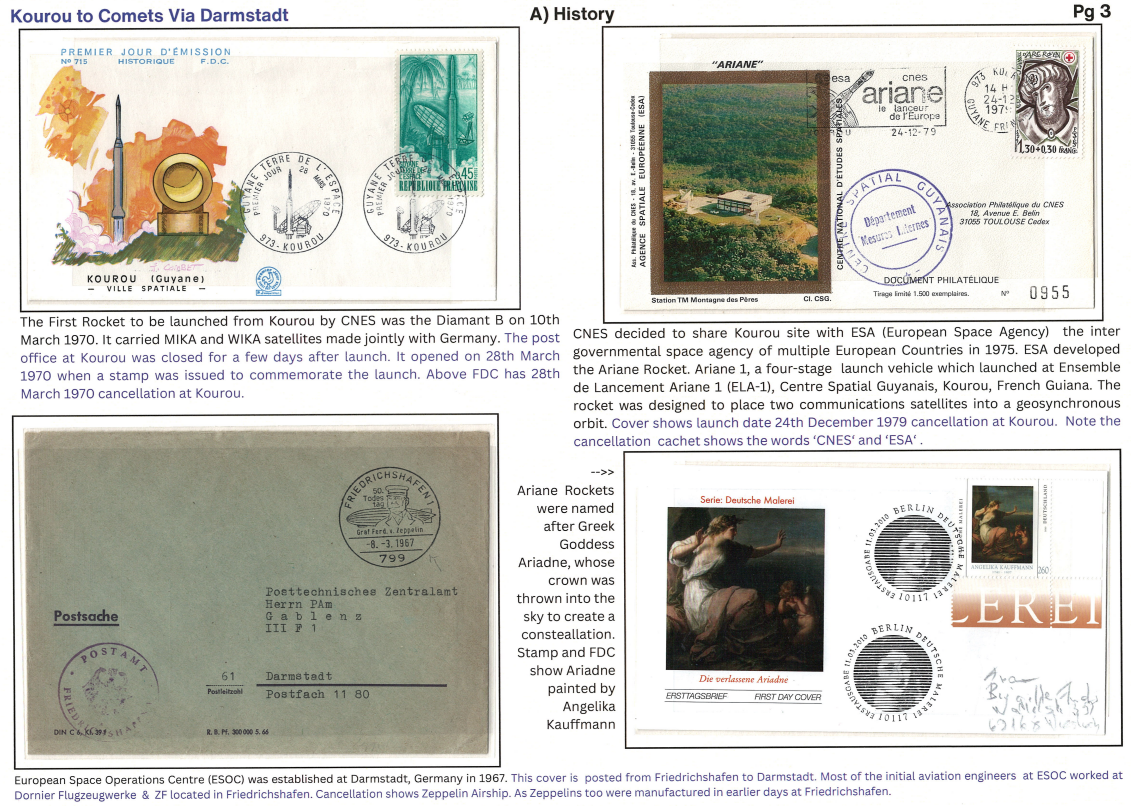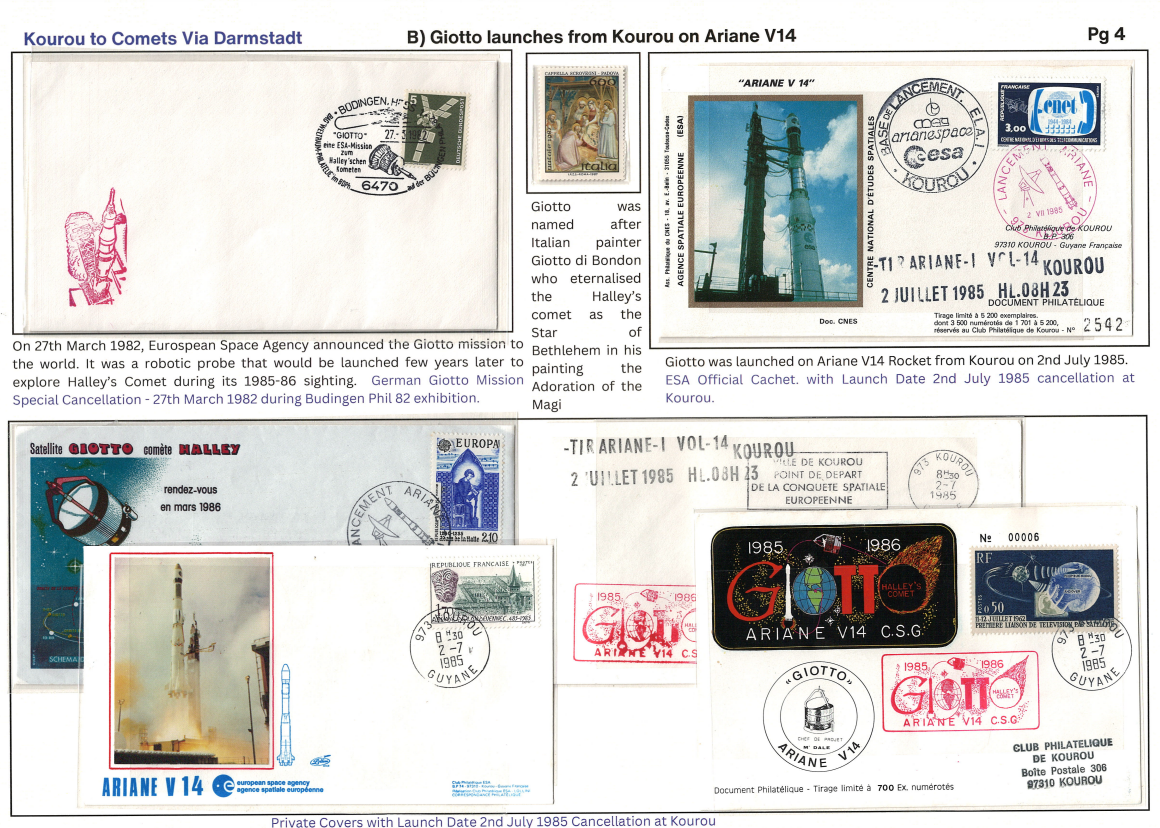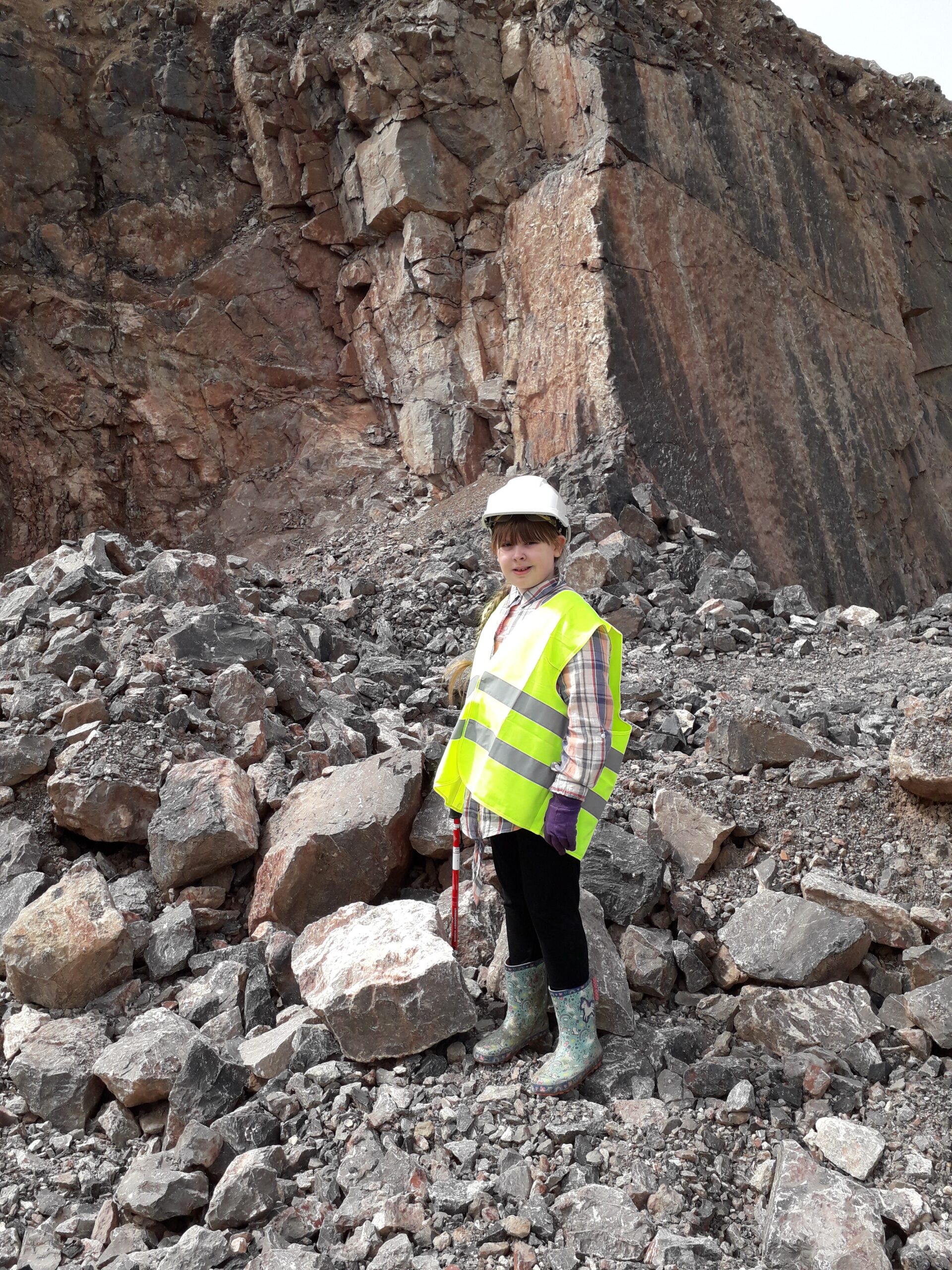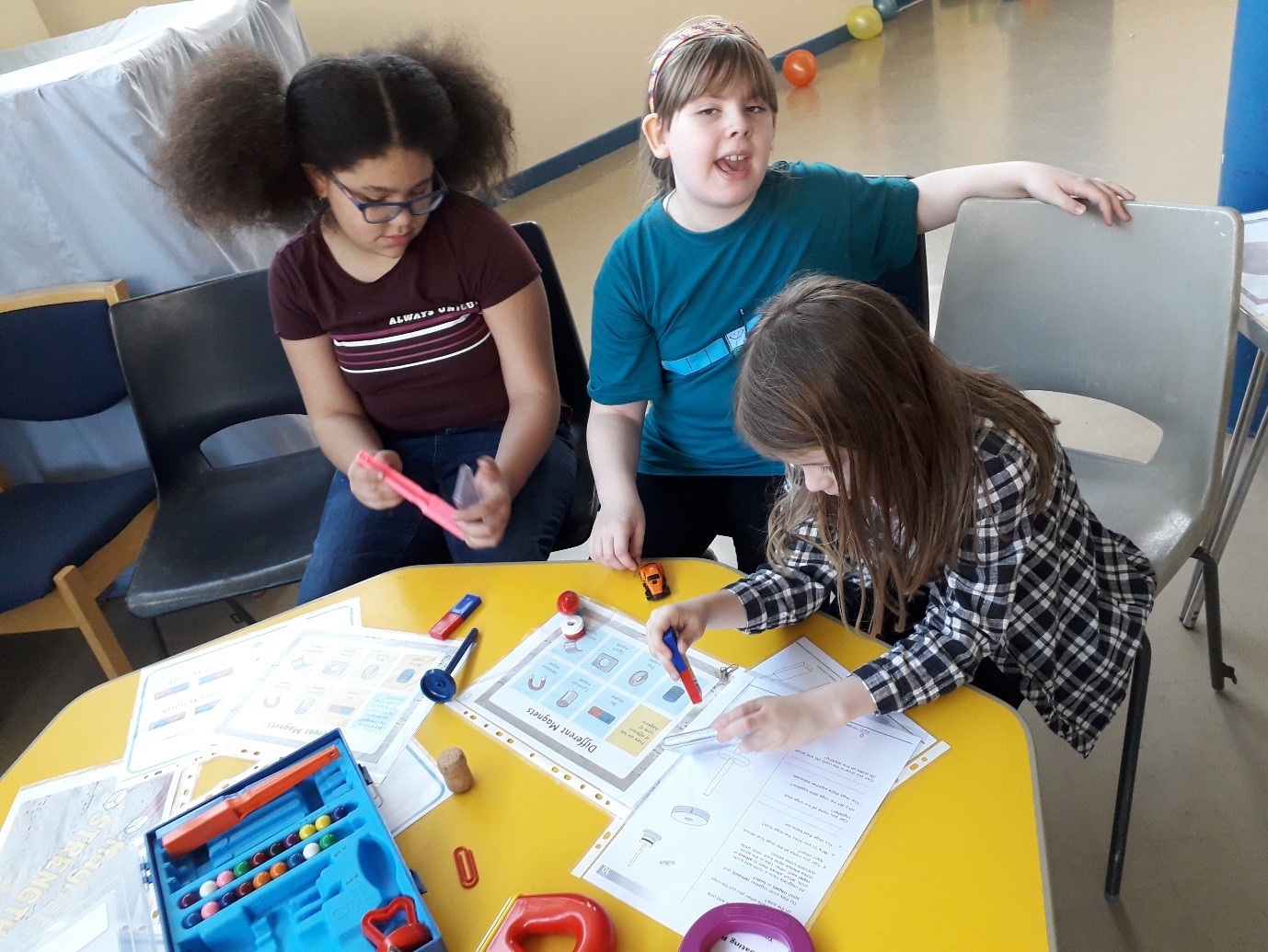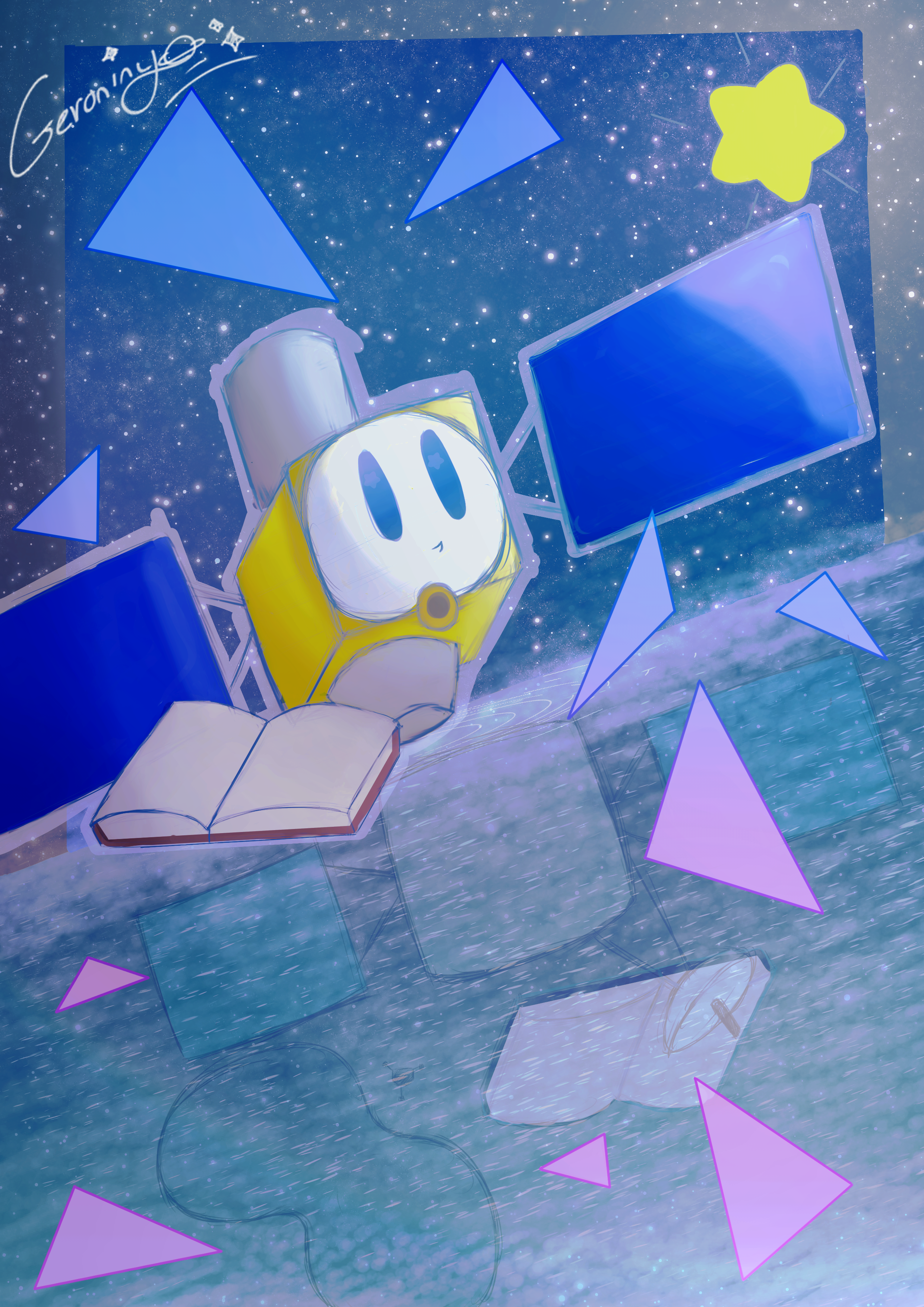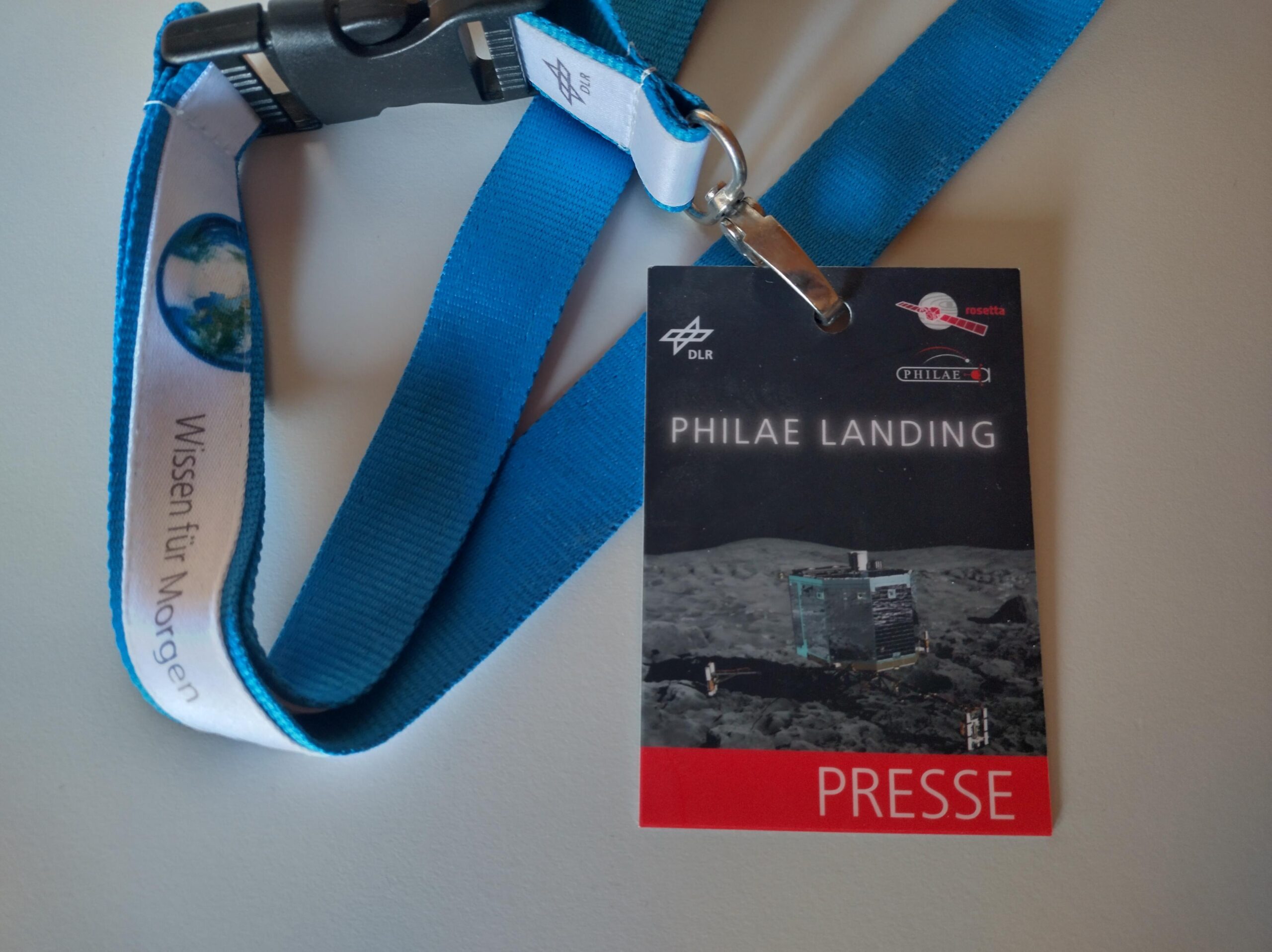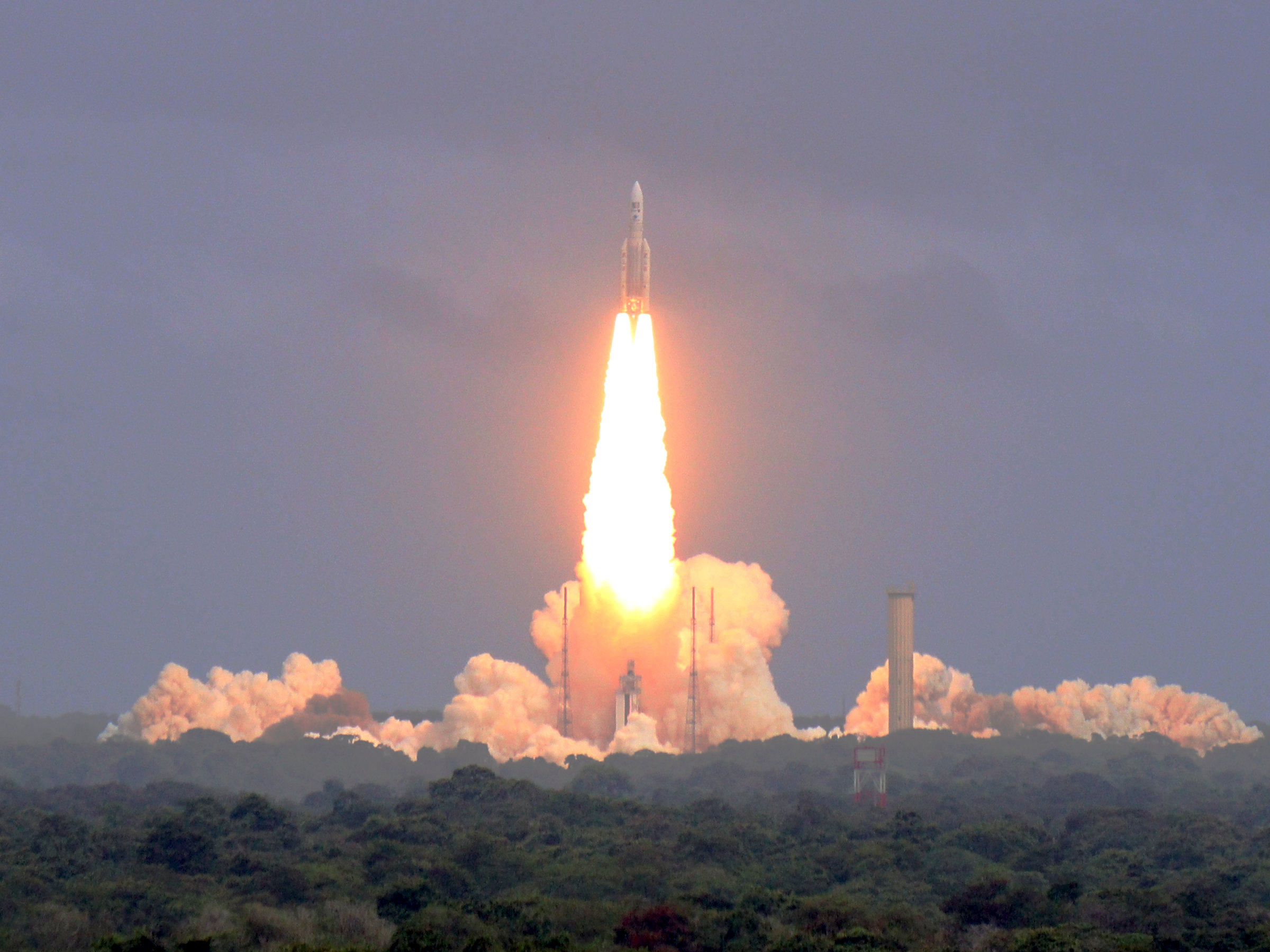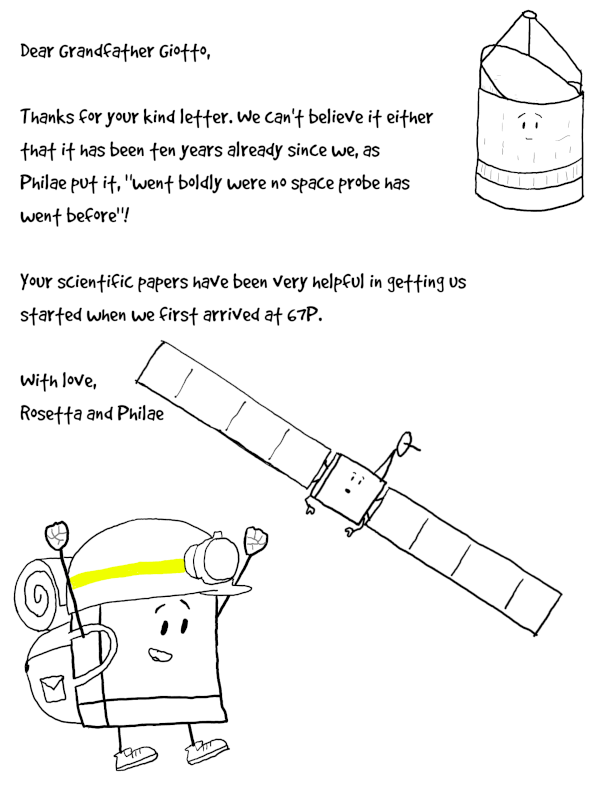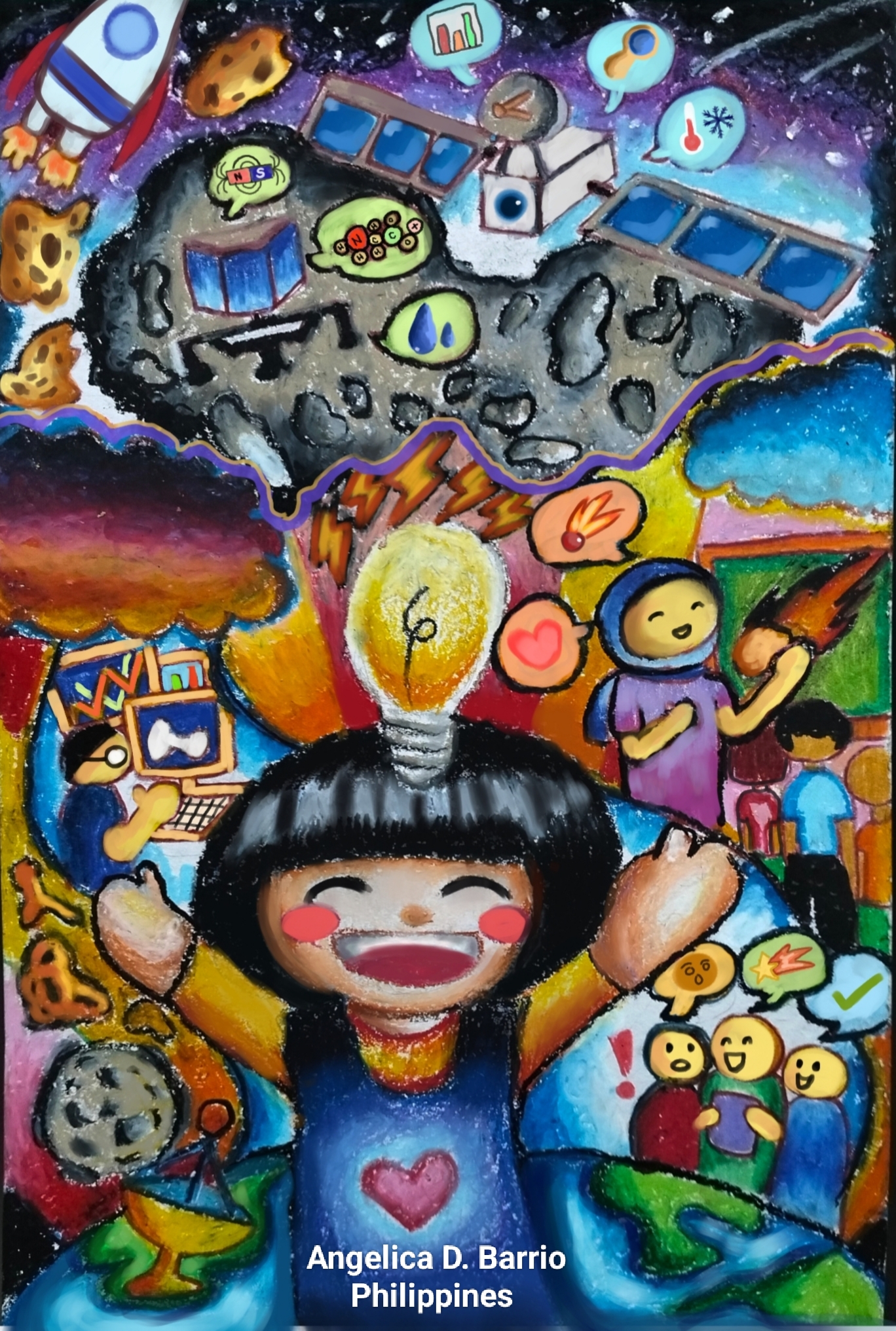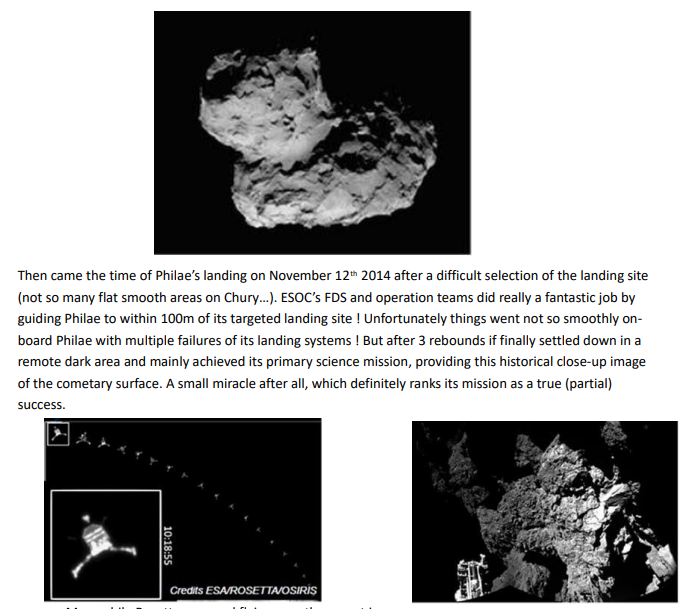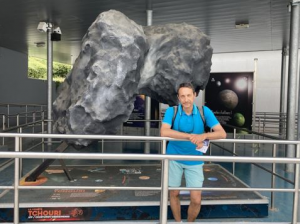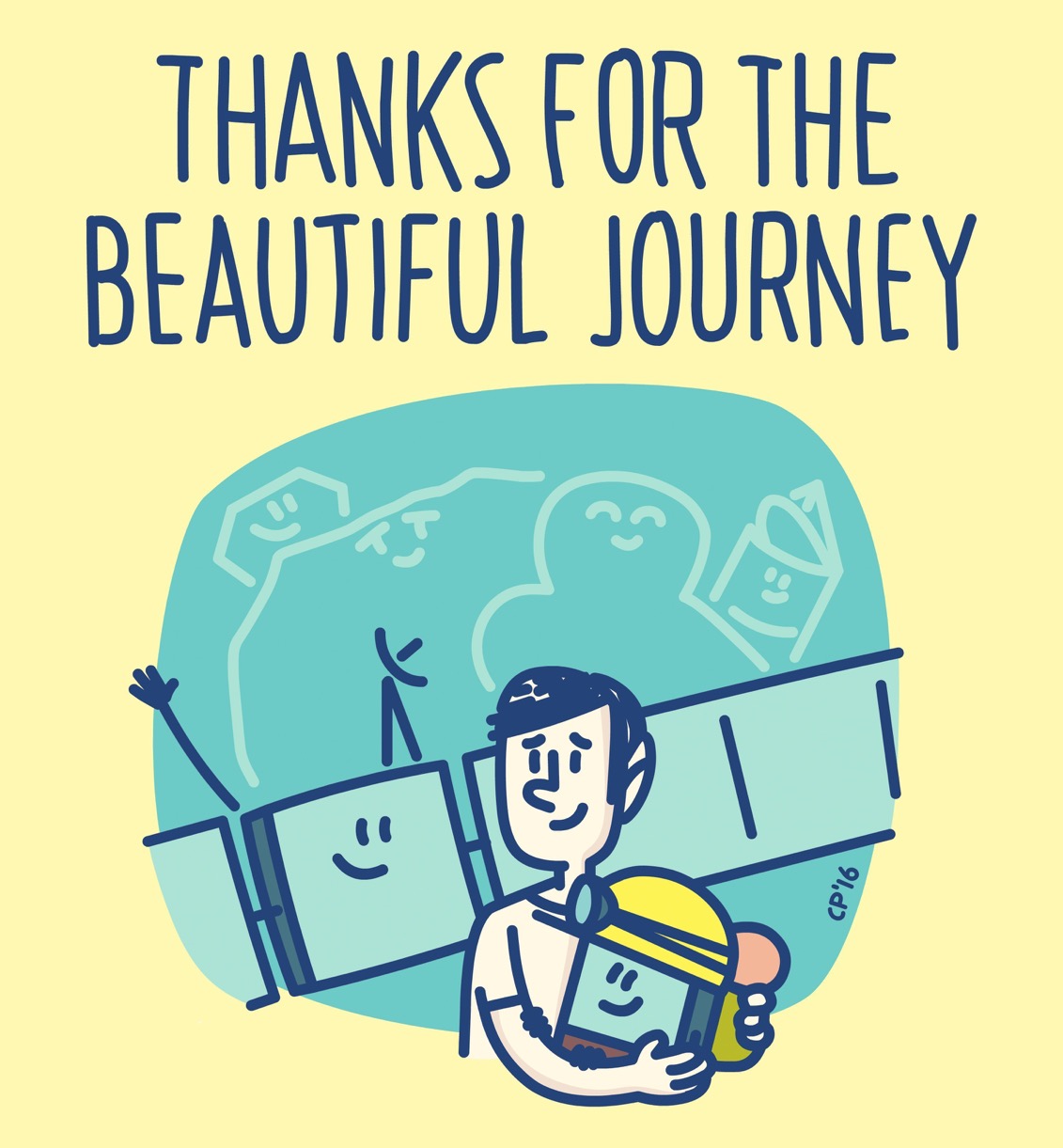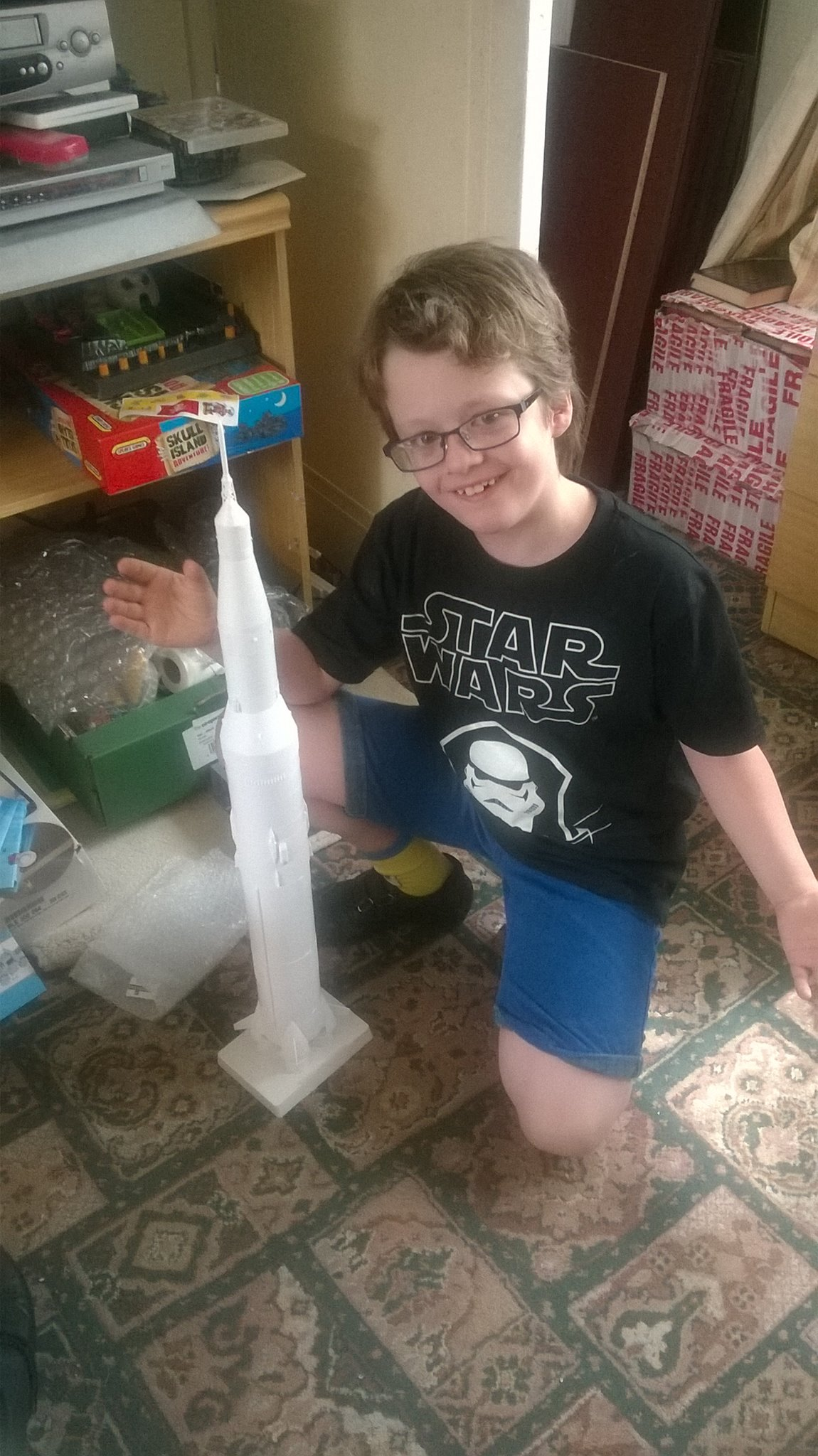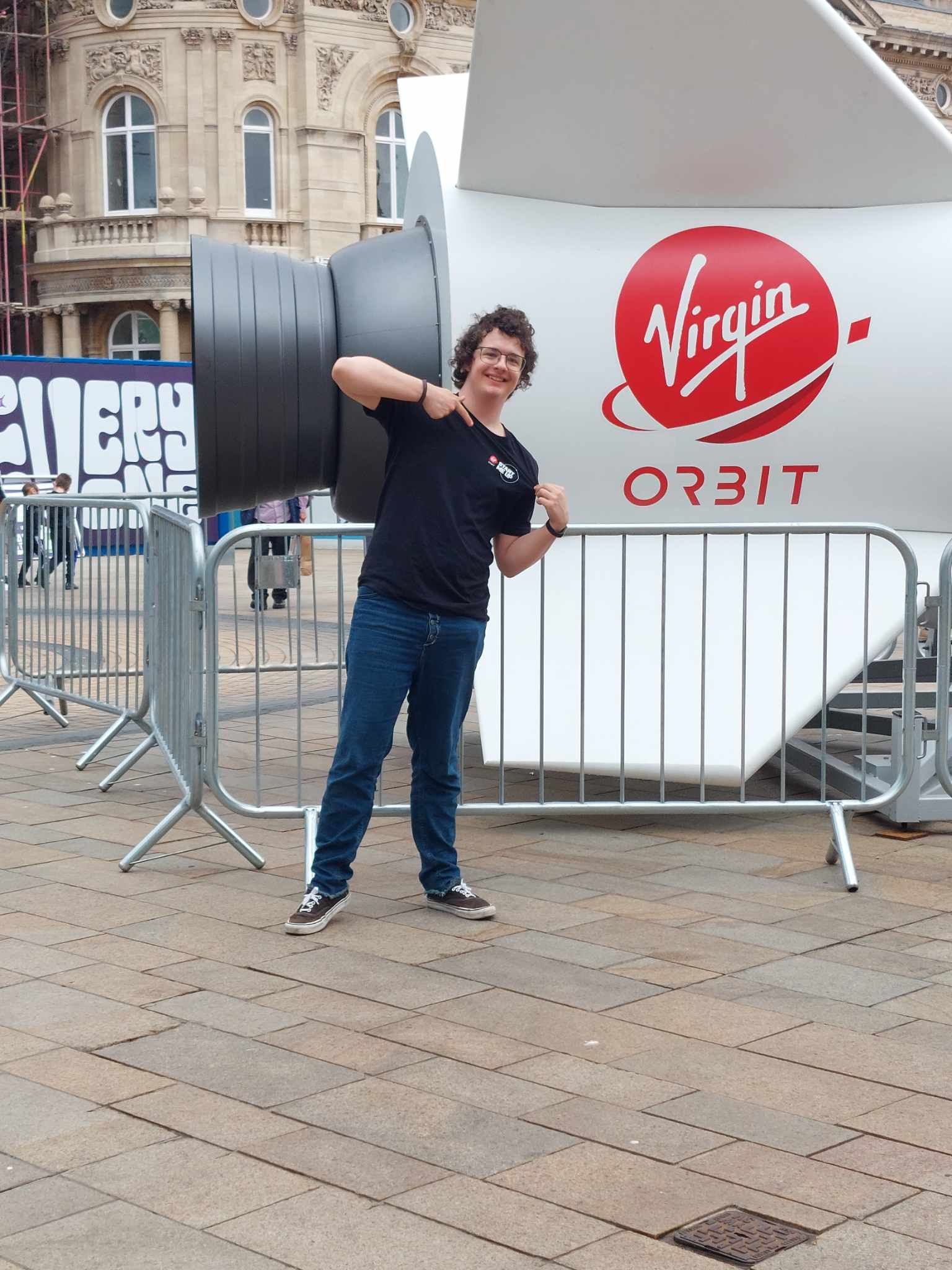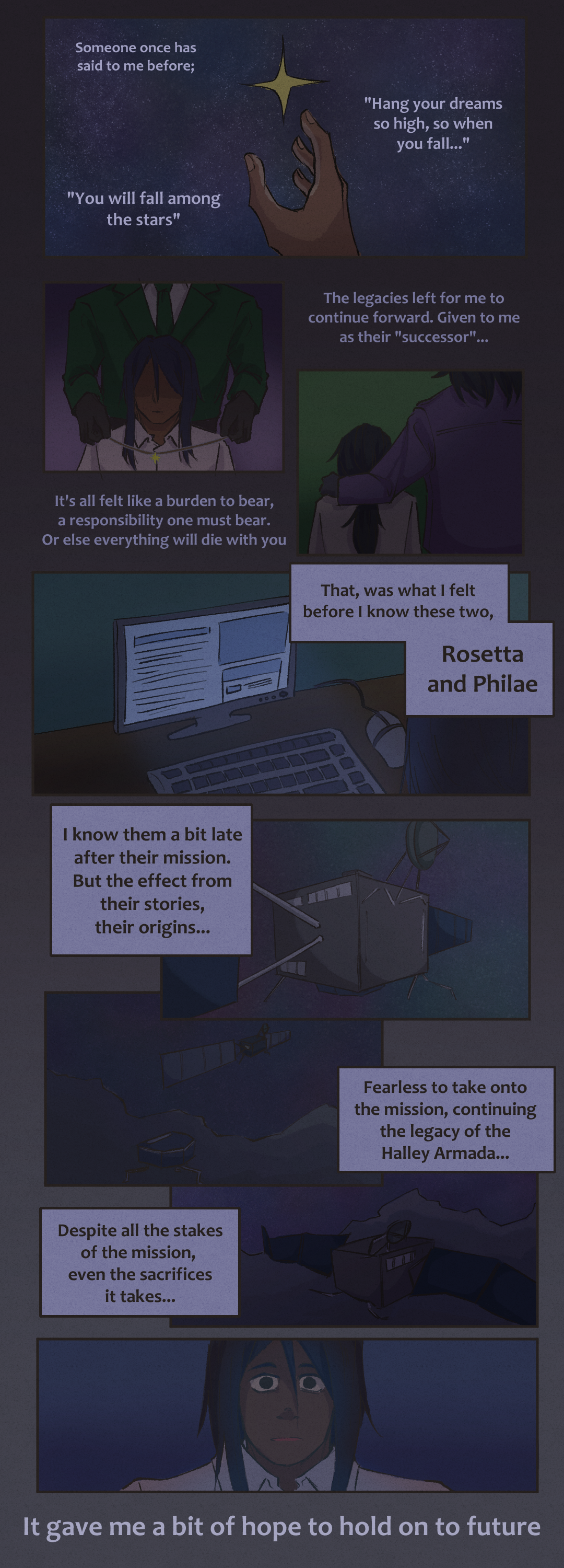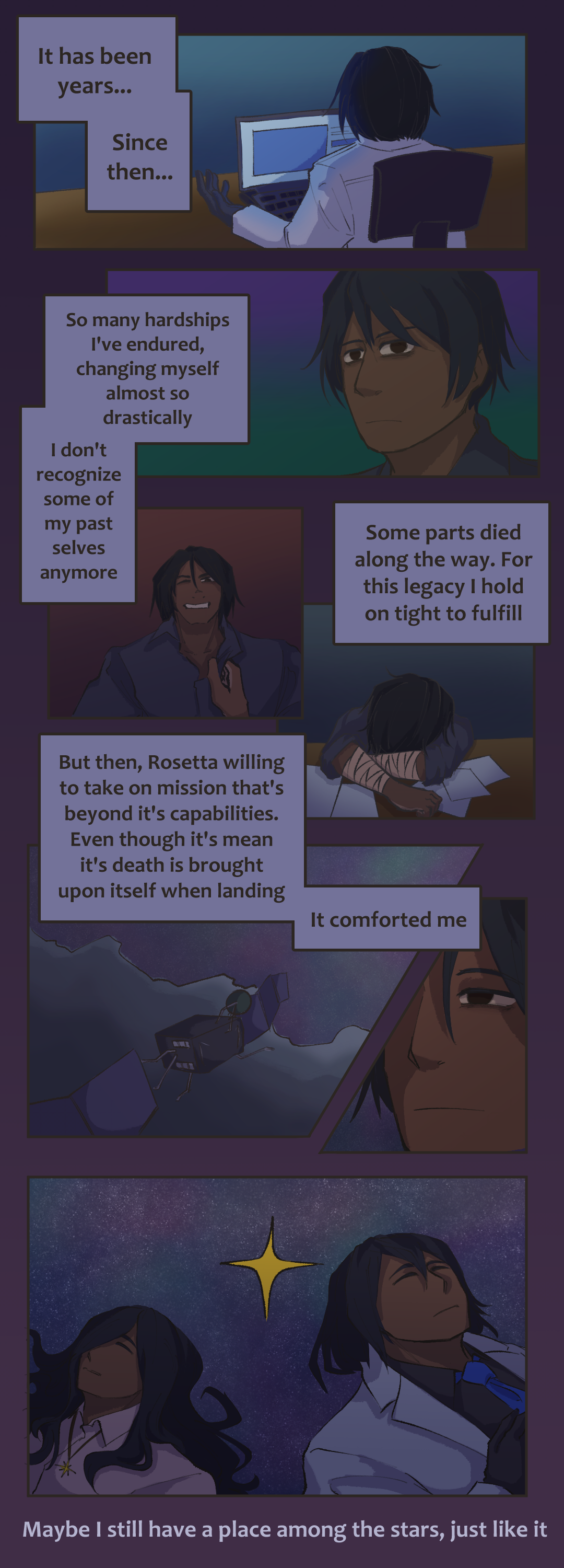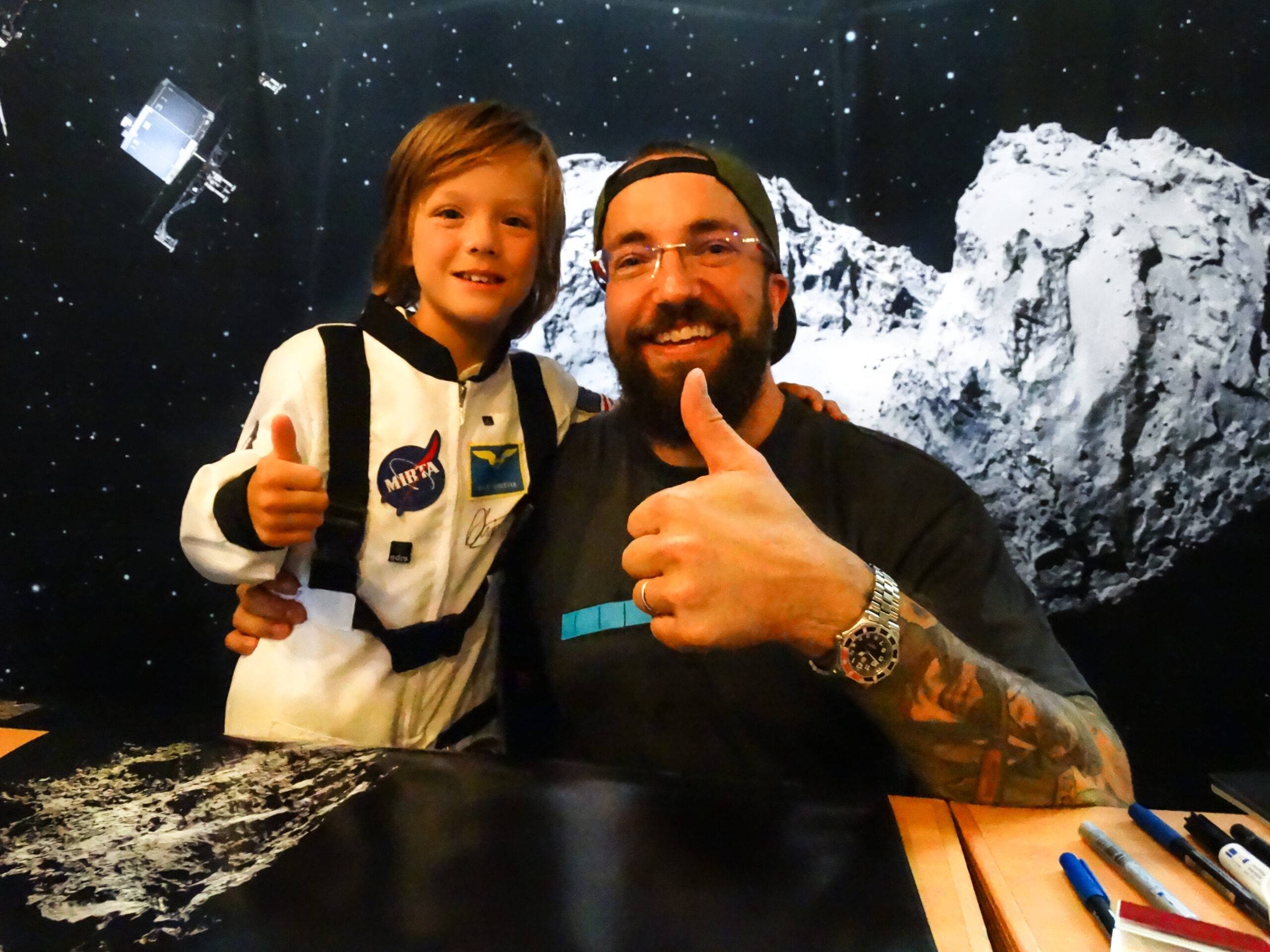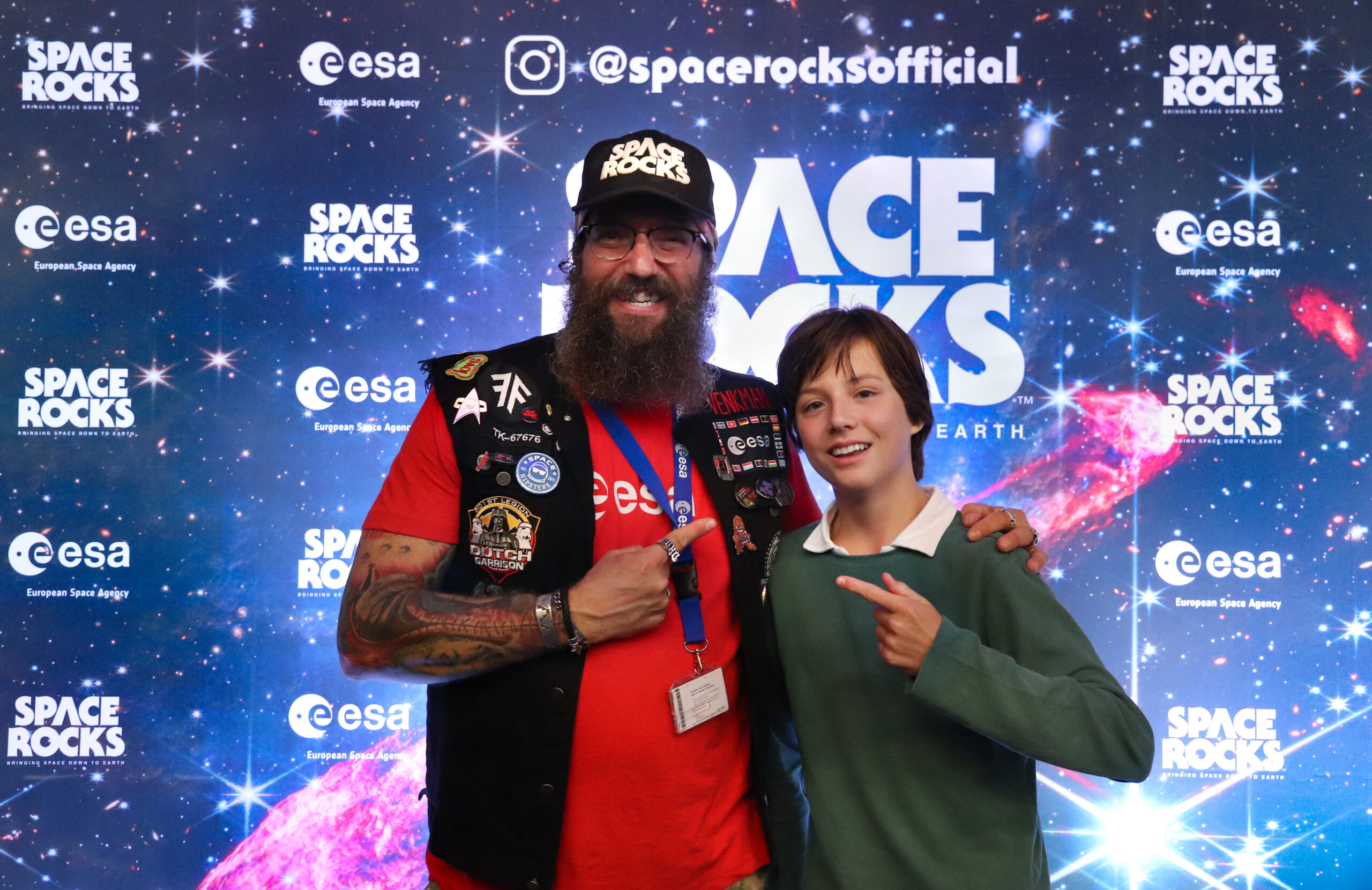10 years since Rosetta
An online exhibition of the human side of Rosetta’s impact
Steps to the Stars
Learn more
Thanks for the beautiful journey!
Learn more
The Joy of Cosmic Odyssey by Rosetta-Philae
Learn more
Rosetta changed my life, literally
Learn more
Rosetta Reaction Wheels
Learn more
Rosetta: Catalyst of Passion
Learn more
Rosetta + a dream to become part of the ESA family
Learn more
The journey of Rosetta
Learn more
Far Away From Our Universe
Learn more
From School to SEM: How Rosetta Impacted Me
Learn more
Thank you, Andrea!
Learn more
The quiet hero
Learn more
16 km from Comet 67P/Churyumov-Gerasimenko
Learn more
My farewell story of Rosetta!
Learn more
Rosetta made me fall in love with Astrodynamics!
Learn more
Letter to Giotto
Learn more
Rosetta, Philae and 67P, forever in my heart
Learn more
Rosetta & Philae changed our view of space science
Learn more
A mission's legacy
Learn more
Kourou to Comets via Darmstadt
Learn more
Mystery in the sky of southern France, July 2023
Learn more
Allegory
Learn more
Archives
No archives to show.
Categories
- No categories
© 2026 European Space Agency. All Rights Reserved.

